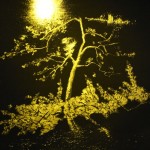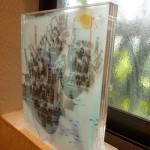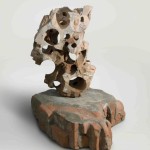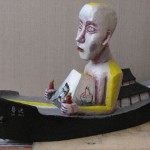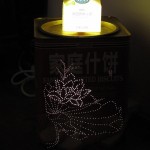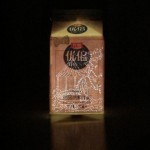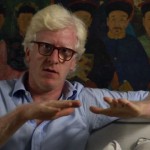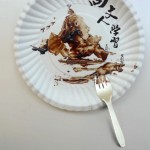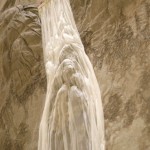Learning from the Literati 1
September 9th, 2010 - October 31st, 2010
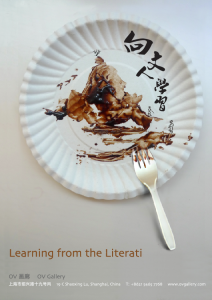
Enter most studios in China and you will find yourself unwittingly partaking in a ceremony — an elaborate ritual of tea which begins with the heating water, pouring, steeping, sipping, draining, whiffing, praising the quality of the tea and returning to the beginning of the cycle.
Cast a glance at the bookshelf and you will find it crammed with classic texts, books of poetry and various ink painting folios; in fact, many artists seem to be able to quote the classics almost as effortlessly as their predecessors.
In this exhibition, part of an ongoing series, we want to take a look at the legacy of China’s literati scholar painters, examining their influence on contemporary society. As early as the Han Dynasty, these artists defined themselves from the court painters by bringing a sense of personal expression into their depictions of the landscape — they were Renaissance men, well-versed in law, poetry, calligraphy, and philosophies such as Daoism, Confucianism and Buddhism.
Many played roles as leaders and moral arbiters in their communities, but they are also known for their hermit-like behavior — their tendency to turn away from the evils of society and head to the mountains where they would lose themselves in thought and art.
几乎所有的艺术家在工作室里都会准备一套传统茶具,随着客人的到访以泡茶的方式进行款待:烧开热水,将头泡茶水过滤到茶盘中,经过第二次浸泡后小口地啜饮,轻轻吹散热气、饮下,然后啧啧赞叹茶的品质并再次斟满。
传统文化通常在多数艺术家的心中占据着崇高的地位,文人画家则代表了这种文化的缩影。自汉代起,古人为了区分于宫廷画师,开始探索将自我感受融入风景画的形式。他们精通律法、诗词、书法和哲学,著名的道家和儒家思想就是在当时诞生的。
他们中的许多人曾担当领导者和道德仲裁者的角色,而其隐士般的行为则更被众所周知-倾向远离社会罪恶归隐山间,忘我地置身于艺术与思考之中。
“向文人学习,”是8位艺术家对当代社会中文人概念和文人传统的一种审查。
